The Eastern Seaboard’s oyster trails trace the story of America’s oldest aquaculture industry, where centuries-old harvesting grounds continue producing some of the world’s finest bivalves. These routes connect historic oyster beds, working farms, and waterfront restaurants that serve shellfish pulled directly from nearby waters. Each trail offers unique flavors shaped by local water conditions, salinity levels, and traditional harvesting methods passed down through generations of watermen.
Here is a list of 18 oyster trails worth following from Maine to Georgia.
Damariscotta River Oyster Trail
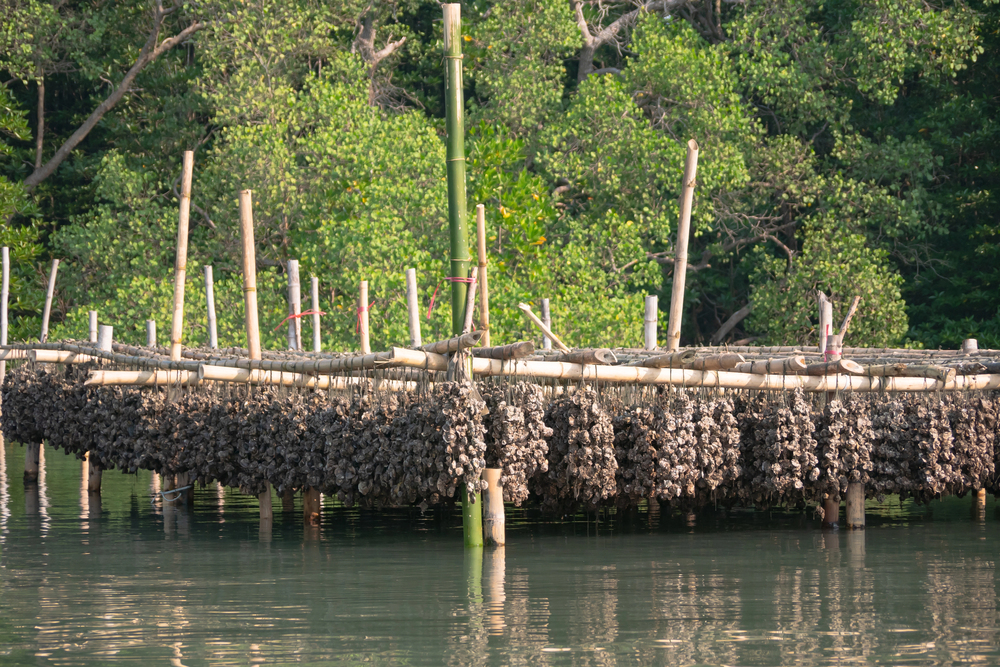
Maine’s Damariscotta River produces some of New England’s most prized oysters, with sweet, briny flavors that reflect the river’s mix of fresh and salt water. The trail includes working oyster farms, historic shell middens left by Native Americans, and waterfront restaurants specializing in local varieties.
Glidden Point Oyster Farm offers tours showing traditional and modern cultivation methods. The Damariscotta region’s cold waters create slow-growing oysters with exceptional depth of flavor and firm texture.
Wellfleet Oyster Trail
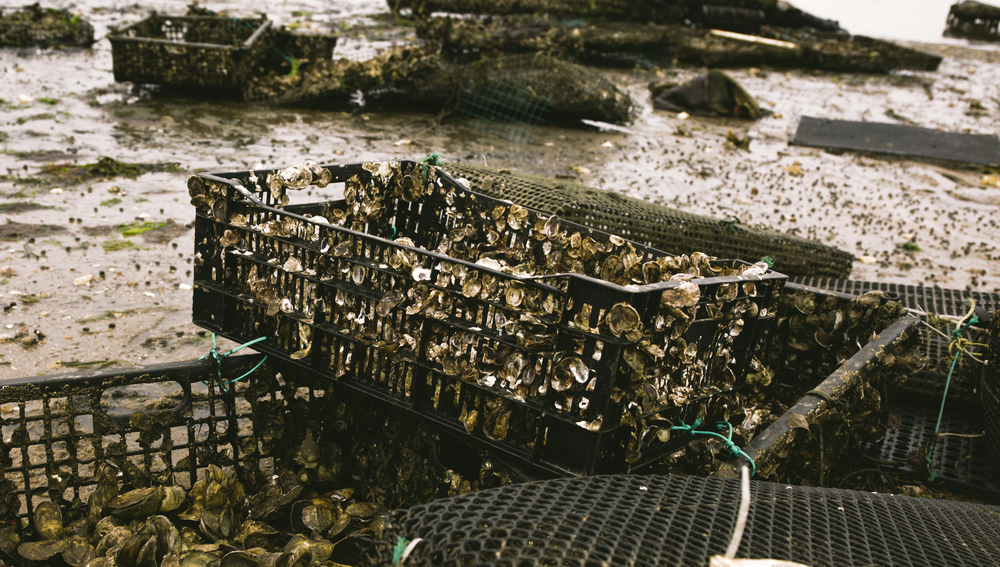
Cape Cod’s Wellfleet has cultivated oysters since the 1600s, developing techniques that balance wild harvesting with sustainable farming. The trail winds through Wellfleet Harbor and surrounding tidal flats where families have worked the same beds for multiple generations.
Mac’s Seafood and other local establishments serve Wellfleet oysters within hours of harvest. The town’s annual Wellfleet OysterFest celebrates this maritime heritage with tastings, farm tours, and traditional shucking competitions.
Like Travel Pug’s content? Follow us on MSN.
Mystic River Oyster Trail
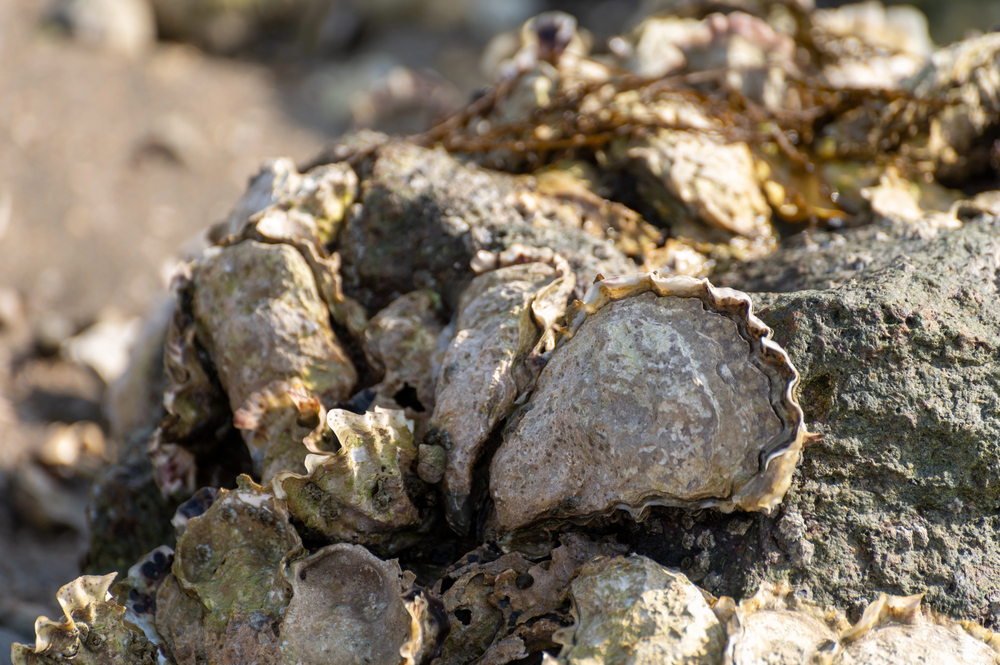
Connecticut’s Mystic River region combines oyster farming with maritime history, where visitors can explore working farms alongside restored 19th-century vessels. The trail includes Mystic Seaport Museum’s historic oyster sloop and nearby farms using both traditional and modern cultivation techniques.
Local restaurants like Oyster Club serve Connecticut-grown oysters alongside regional seafood specialties. The Mystic area’s protected waters create ideal growing conditions for oysters with clean, salty flavors.
Long Island Sound Oyster Trail
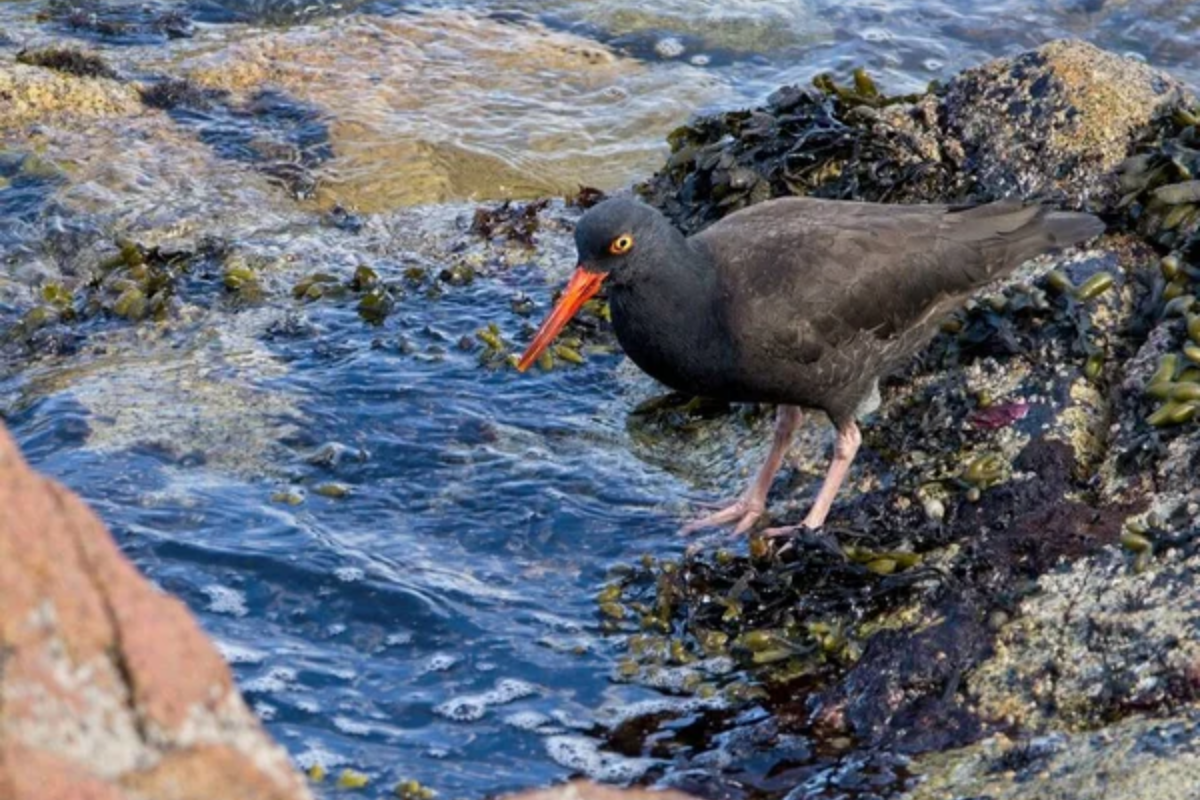
New York’s Long Island Sound encompasses multiple oyster-growing regions, from Blue Point to Peconic Bay, each producing distinct varieties. The trail connects historic oyster towns like Blue Point, where the famous Blue Point oyster originated in the 1800s.
Modern farms throughout the sound use suspended cultivation methods, which help produce consistently high-quality oysters. Restaurants from the Hamptons to Connecticut serve locally-grown varieties that showcase the Sound’s diverse growing conditions.
Barnegat Bay Oyster Trail
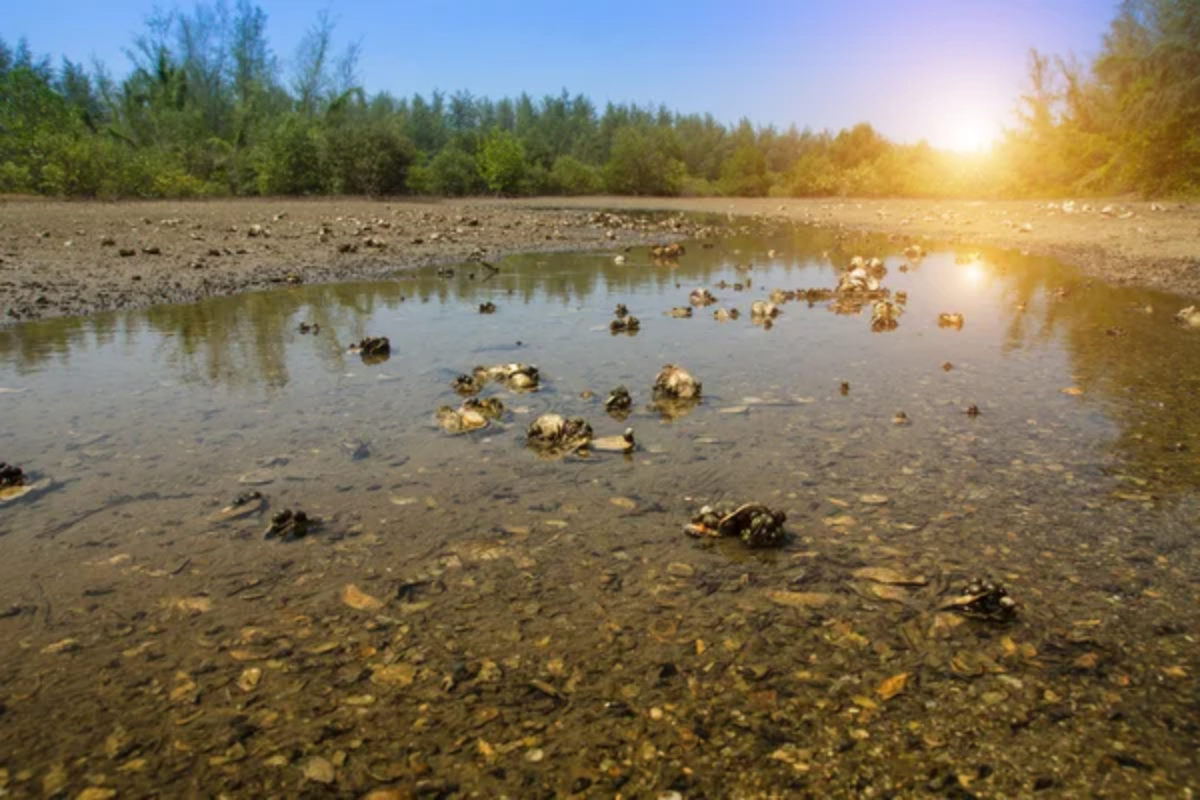
New Jersey’s Barnegat Bay hosts a growing aquaculture industry that’s reviving the state’s oyster heritage after decades of decline. The trail includes new farms using advanced filtration systems and traditional methods adapted for modern conditions.
Local restaurants in Toms River and surrounding communities serve Barnegat Bay oysters, known for their sweet and mild flavor. The bay’s restoration efforts include oyster farming for both economic development and environmental conservation.
Like Travel Pug’s content? Follow us on MSN.
Delaware Bay Oyster Trail
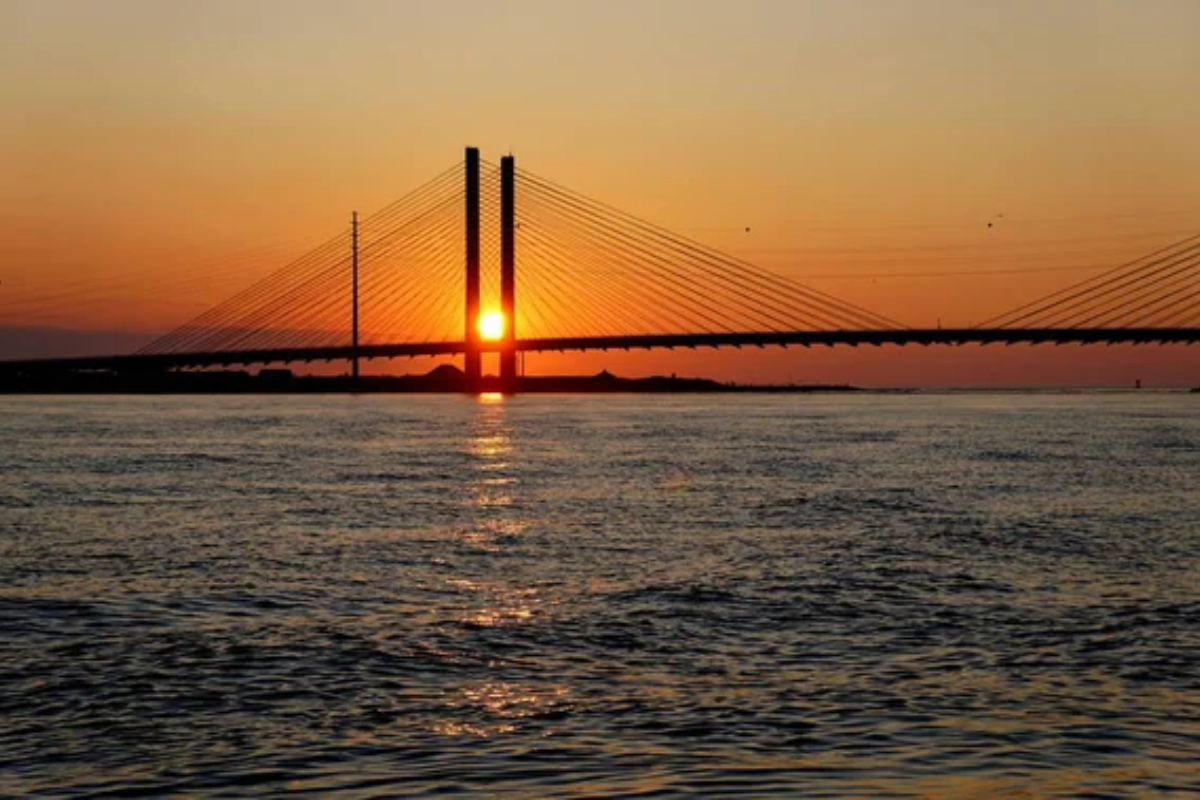
Delaware Bay’s oyster industry dates to colonial times, with vast natural beds that once supplied oysters throughout the Northeast. The trail includes working skipjacks and other traditional vessels still harvesting wild oysters using century-old methods.
Bowers Beach and other Delaware Bay communities maintain traditional hand-tonging and dredging. The bay’s brackish waters create oysters with distinctive mineral flavors that reflect the region’s unique ecology.
Chesapeake Bay Oyster Trail
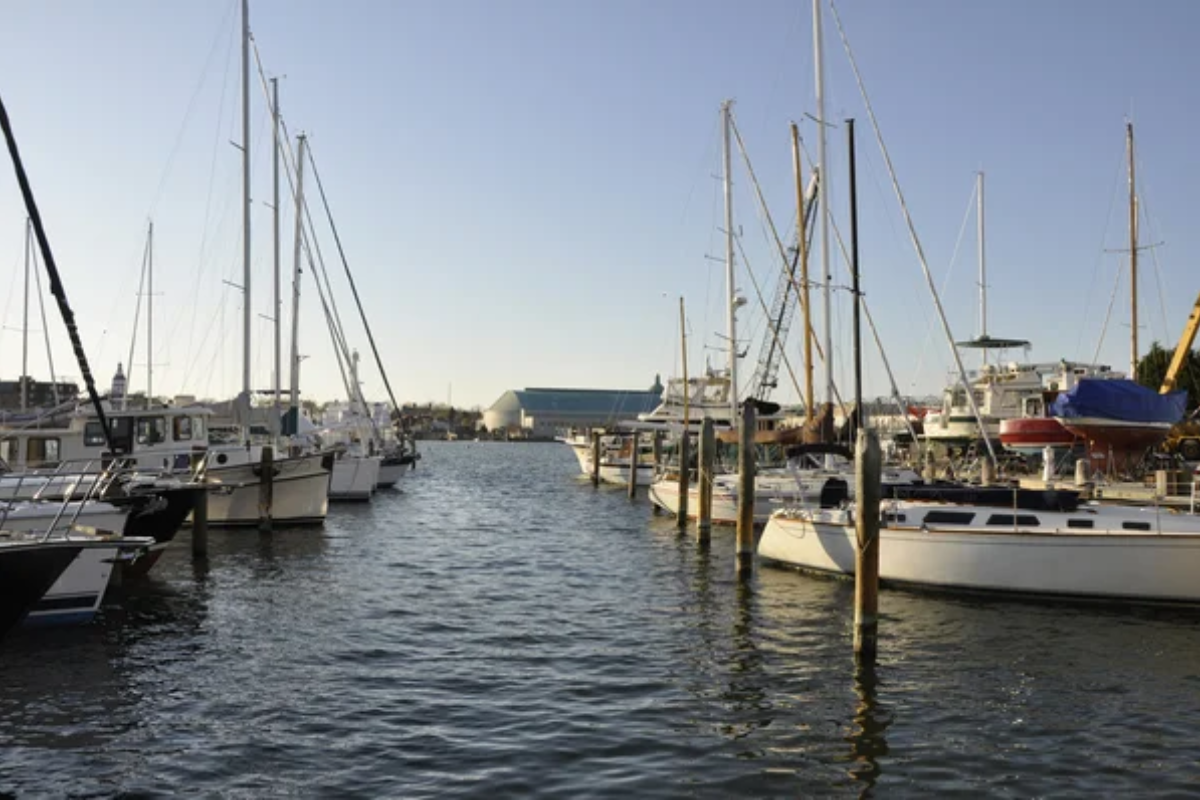
Virginia and Maryland’s Chesapeake Bay represents America’s most famous oyster region, where watermen have harvested shellfish for over 400 years. The trail spans from Maryland’s Eastern Shore to Virginia’s Northern Neck, connecting historic skipjack fleets with modern aquaculture operations.
Traditional harvesting methods include hand-tonging from small boats. Dredging with sail-powered skipjacks continues in certain regions. Chesapeake oysters display wide flavor variations depending on specific growing areas within the bay’s complex ecosystem.
Chincoteague Oyster Trail
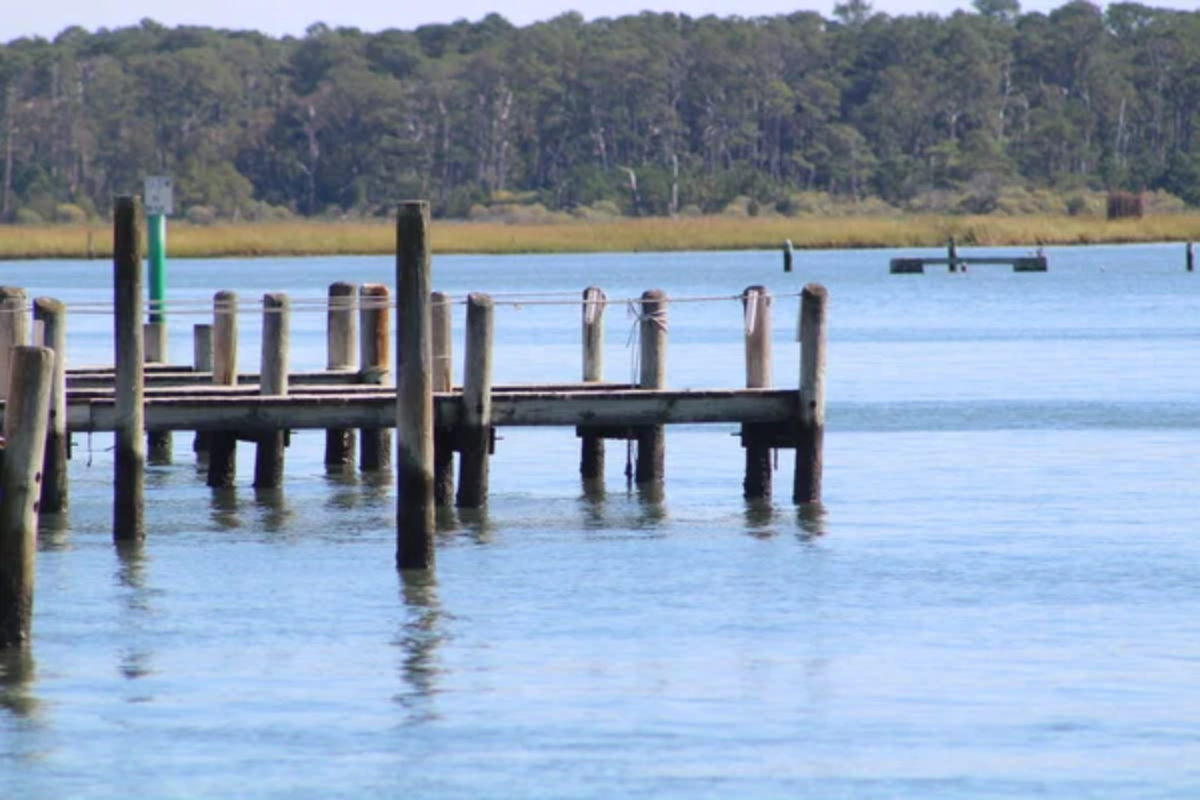
Virginia’s Chincoteague Bay produces oysters in waters surrounding the famous Wild Pony Island, where traditional harvesting methods continue alongside modern farming techniques. The trail includes family-operated oyster houses that have served the same communities for generations.
Chincoteague’s unique tidal patterns and salinity levels create oysters with distinctive sweet, briny characteristics. Local restaurants serve Chincoteague oysters raw, steamed, and in traditional Chesapeake preparations.
Like Travel Pug’s content? Follow us on MSN.
Rappahannock River Oyster Trail
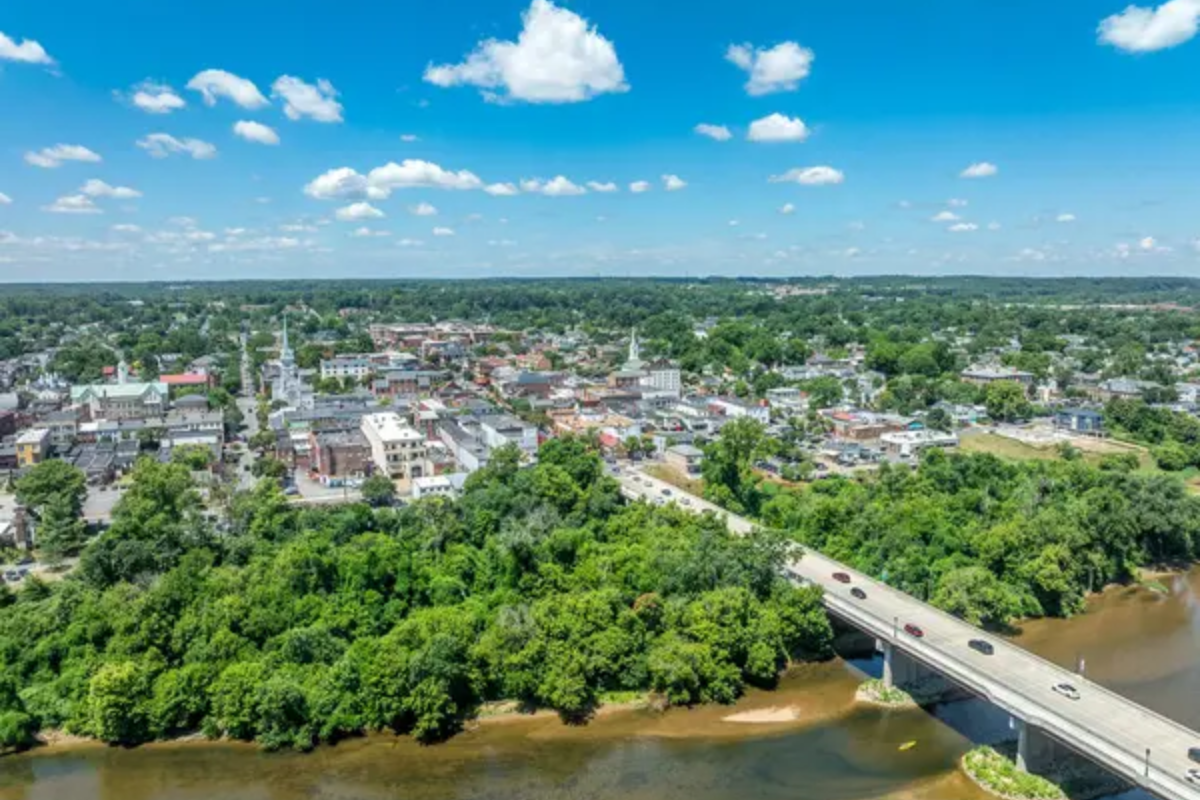
Virginia’s Rappahannock River hosts one of America’s most innovative oyster farming operations, where traditional watermen techniques meet modern aquaculture science. The Rappahannock Oyster Company operates restaurants and farms throughout the river system.
The trail includes historic plantation sites where oyster cultivation historically supplemented tobacco farming. Different sections of the river produce oysters with varying flavors, from sweet and mild in upstream areas to briny and mineral-rich near the Chesapeake Bay.
York River Oyster Trail
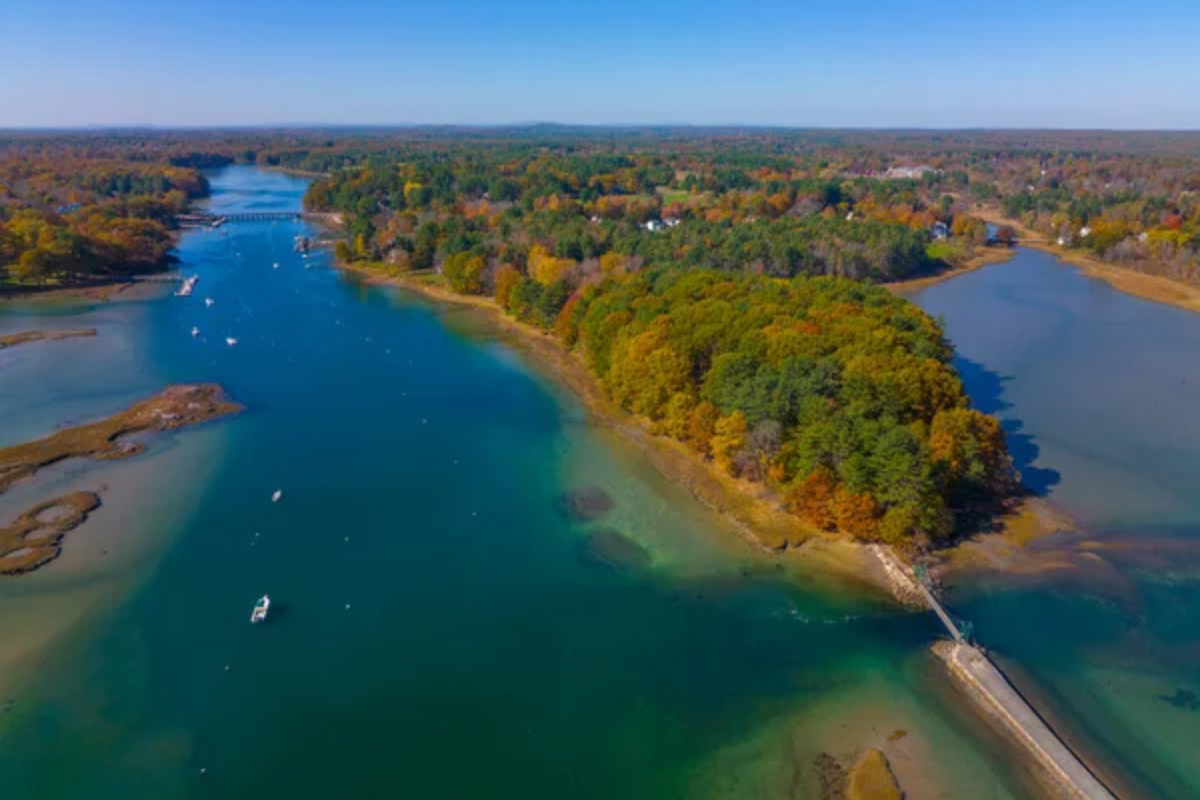
Virginia’s York River combines colonial history with contemporary oyster farming, where archaeological sites reveal a legacy of shellfish harvesting spanning centuries. The trail includes Werowocomoco, Powhatan’s capital, where Native Americans developed sophisticated oyster management systems.
Modern farms use floating bags and bottom culture to produce premium oysters year-round. The river’s tidal dynamics create growing conditions that produce oysters with complex, layered flavors.
James River Oyster Trail
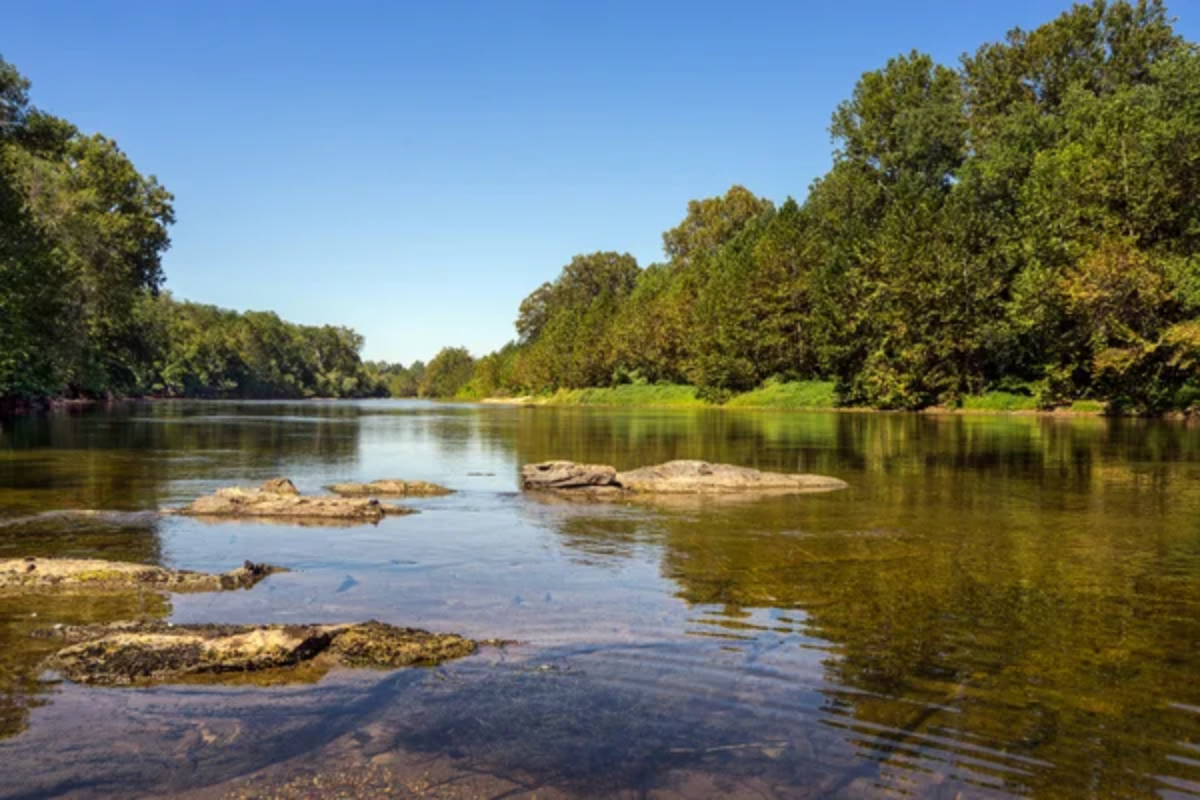
Virginia’s James River represents one of America’s oldest commercial oyster regions, where Jamestown colonists first encountered Native American aquaculture techniques. The trail connects historic sites with working oyster farms that use traditional methods adapted for modern markets.
Deep Water Shoals and other historic grounds continue producing wild oysters alongside farmed varieties. The river’s freshwater influence creates oysters with mild, sweet characteristics distinct from saltier coastal varieties.
Like Travel Pug’s content? Follow us on MSN.
Pamlico Sound Oyster Trail

North Carolina’s Pamlico Sound produces oysters in shallow waters protected by the Outer Banks, where traditional family operations harvest shellfish using methods passed down for generations. The trail includes Cedar Island and other remote communities where oystering remains central to the local economy and culture.
Natural oyster reefs provide a natural habitat alongside managed aquaculture sites. Pamlico Sound’s brackish waters create oysters known for their plump texture and mild, sweet flavor.
Cape Fear River Oyster Trail
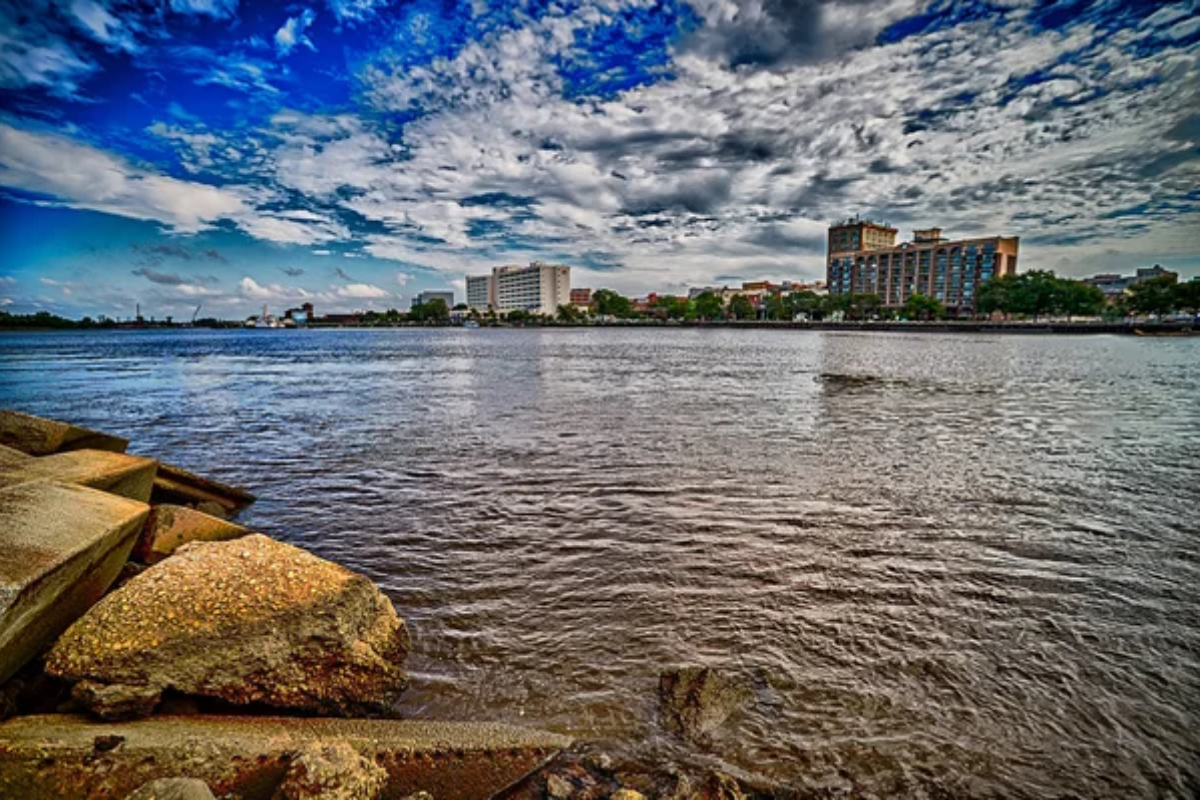
North Carolina’s Cape Fear River region combines historic oyster beds with new aquaculture development, where entrepreneurs are reviving shellfish farming using modern techniques. The trail includes Wilmington-area restaurants serving locally-grown oysters alongside traditional Calabash-style seafood.
Masonboro Sound and nearby waters provide protected growing areas for both wild and farmed oysters. The region’s subtropical climate allows year-round harvesting and extended growing seasons.
Charleston Harbor Oyster Trail
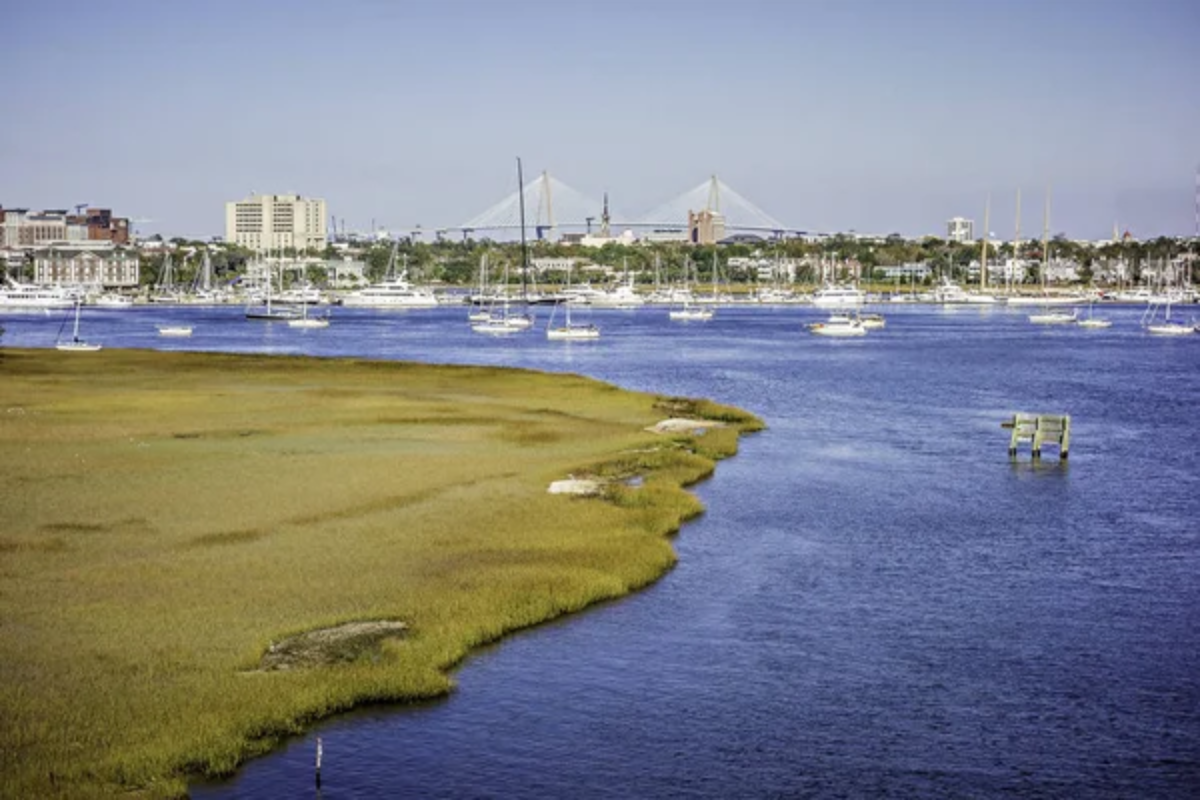
South Carolina’s Charleston area maintains some of the South’s strongest oyster traditions, where Lowcountry families have harvested shellfish from tidal creeks for centuries. The trail includes working oyster farms on Wadmalaw Island and nearby sea islands where single oysters grow naturally on creek banks.
Traditional oyster roasts remain important social events throughout the region. Charleston’s restaurants serve local oysters roasted, steamed, and in traditional Lowcountry dishes.
Like Travel Pug’s content? Follow us on MSN.
ACE Basin Oyster Trail
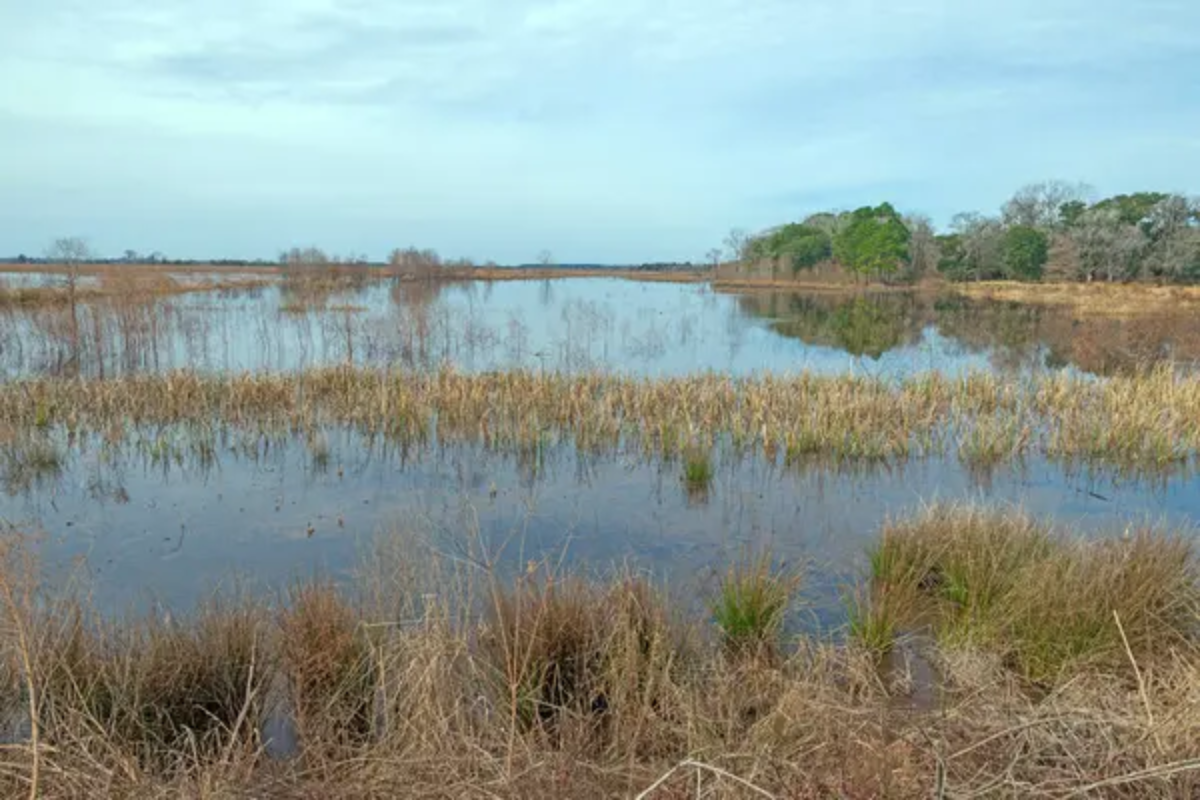
South Carolina’s ACE Basin (Ashepoo, Combahee, and Edisto Rivers) preserves traditional oyster harvesting in pristine tidal environments protected from development. The trail includes family operations that hand-harvest single oysters from natural beds during winter months.
The basin’s diverse ecosystem creates oysters with clean, briny flavors influenced by surrounding salt marshes. Conservation efforts maintain both oyster beds and traditional harvesting practices as cultural heritage.
Sapelo Island Oyster Trail
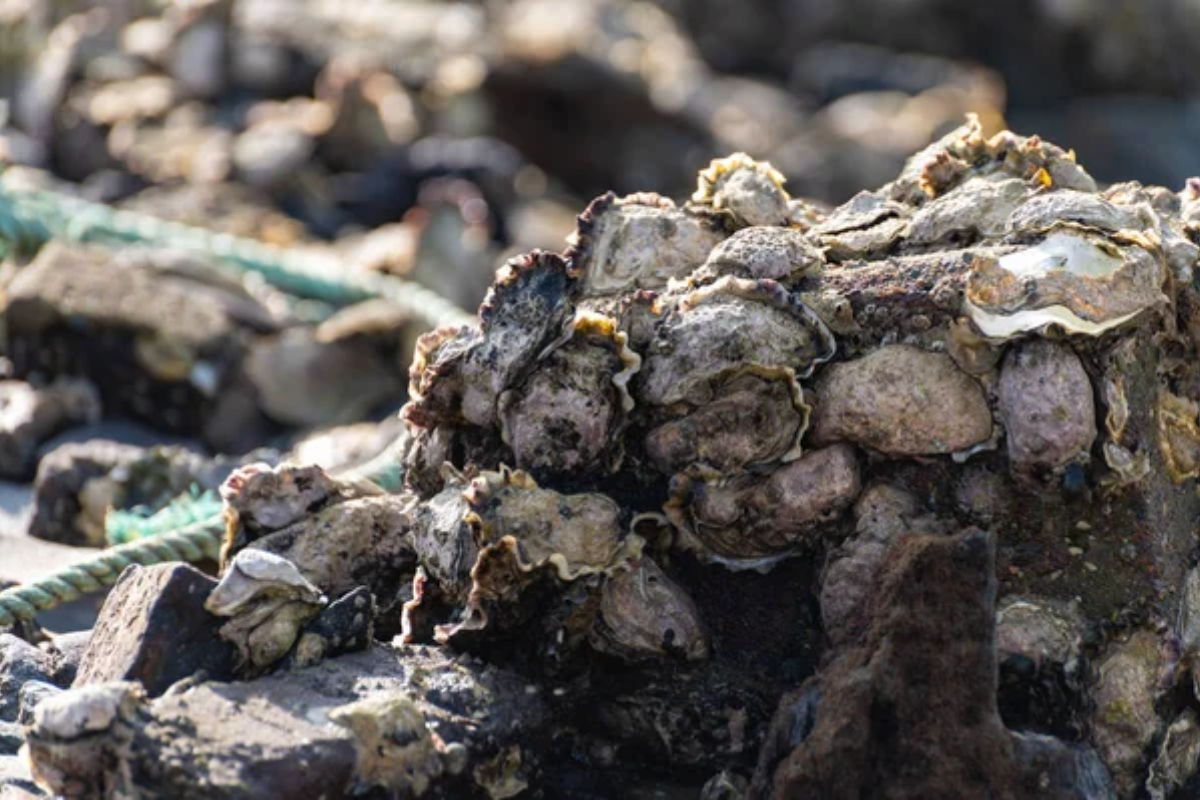
Georgia’s Sapelo Island represents one of the South’s most traditional oyster communities, where Gullah-Geechee families maintain cultural practices, including shellfish harvesting techniques brought from West Africa. The trail includes areas accessible only by boat, where hand-raking and traditional methods continue unchanged.
Sapelo’s isolated location preserves both oyster beds and cultural traditions. The island’s oysters reflect pristine growing conditions in waters largely accessible only by boat.
Altamaha River Oyster Trail
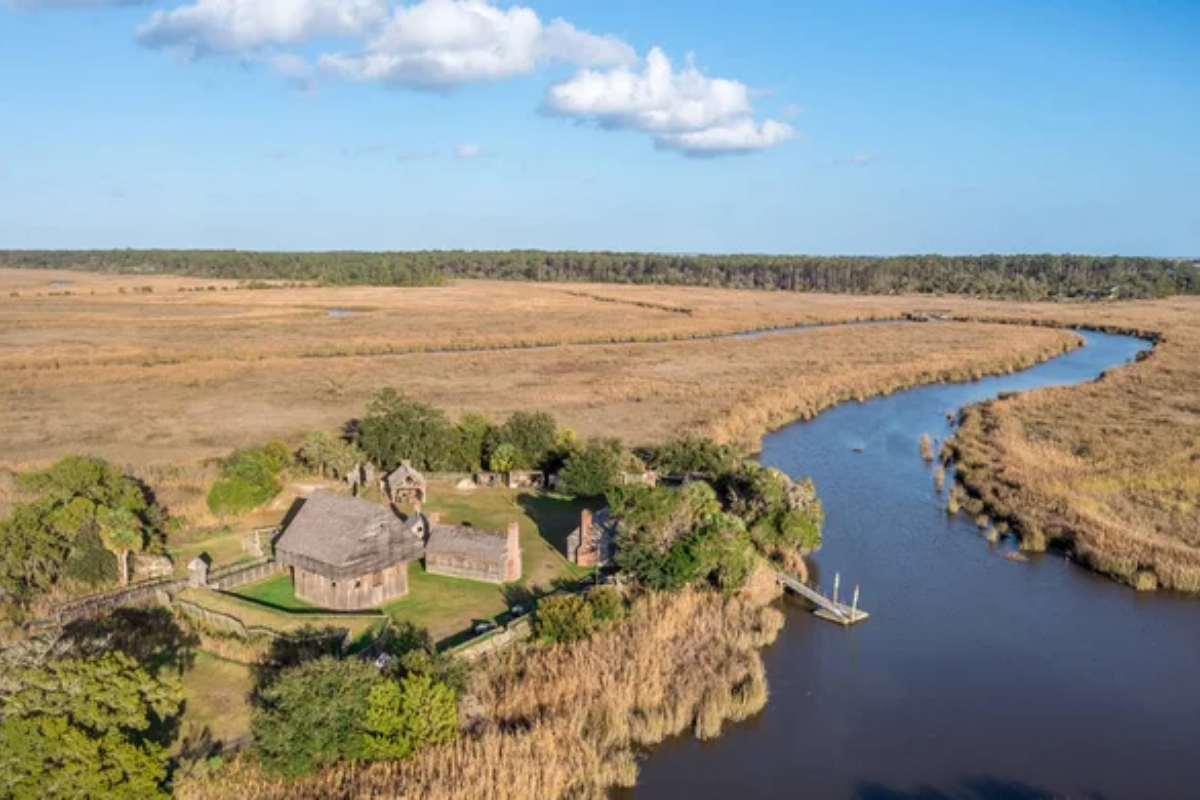
Georgia’s Altamaha River delta produces oysters in brackish waters where one of the Southeast’s largest river systems meets the Atlantic Ocean. The trail includes historic rice plantation sites where enslaved people contributed sophisticated oyster cultivation techniques alongside rice farming.
Modern operations use traditional harvest methods adapted for contemporary markets. The river’s massive freshwater flow creates unique growing conditions that produce oysters with distinctive, mild, sweet characteristics.
Like Travel Pug’s content? Follow us on MSN.
Ossabaw Sound Oyster Trail
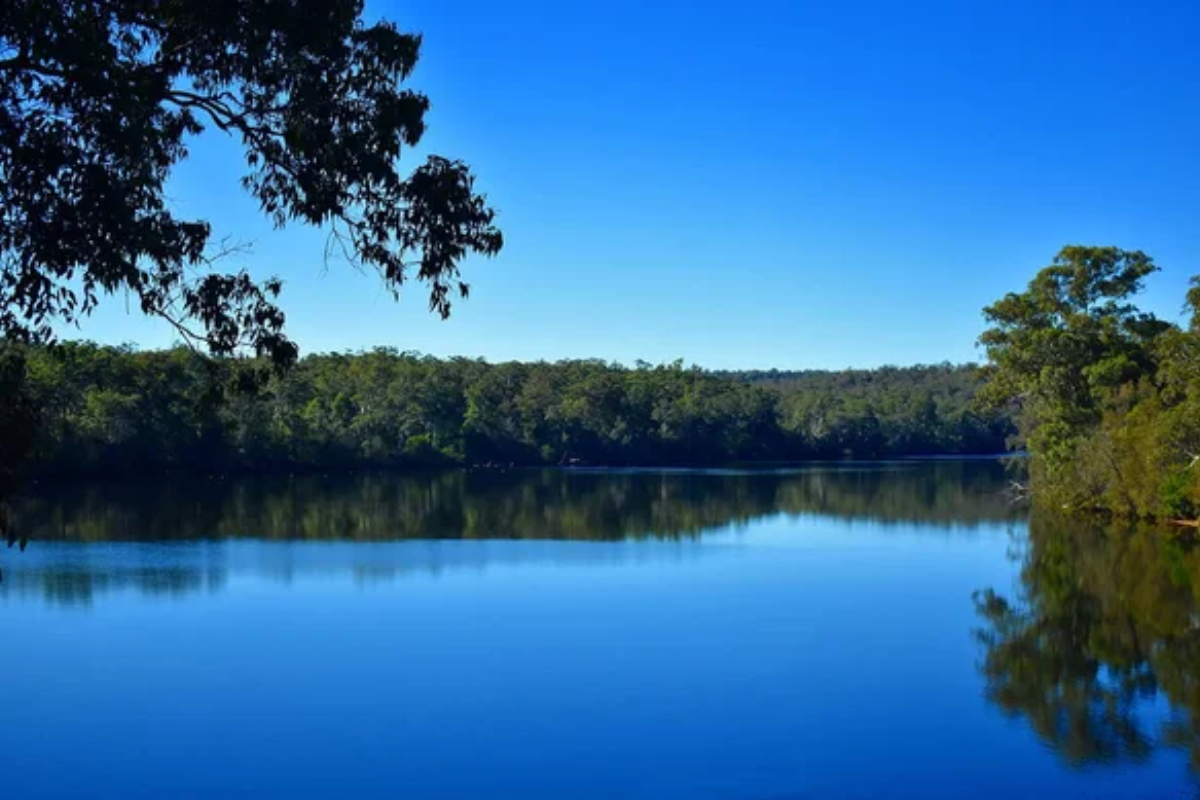
Georgia’s Ossabaw Sound encompasses pristine salt marshes and tidal creeks, where traditional oyster harvesting continues in protected coastal environments. The trail includes family operations that have worked the same oyster beds across generations.
Ossabaw Island’s undeveloped coastline provides ideal growing conditions for wild oysters. The Sound’s complex tidal system creates diverse microclimates that produce oysters with varying flavor profiles within the same general area.
Salt Water Stories

These oyster trails preserve more than culinary traditions—they maintain connections to America’s maritime heritage and coastal communities that have sustained themselves through shellfish harvesting for countless generations. Each trail represents working landscapes where families continue practices that predate European settlement, adapted for contemporary markets while honoring ancestral knowledge.
Following these routes means tasting the ocean’s history, one oyster at a time.
More from Travel Pug

- 20 Best Beach Towns in the Carolinas
- 13 Destinations Where Tourists Regularly Regret Their Trip
- 20 Destinations That Are More Magical Without an Itinerary
- 20 Underrated Adventures That Belong on Your Travel List
- 20 Cities Where You Should Just Wing It, No Planning Required
Like Travel Pug’s content? Follow us on MSN.
